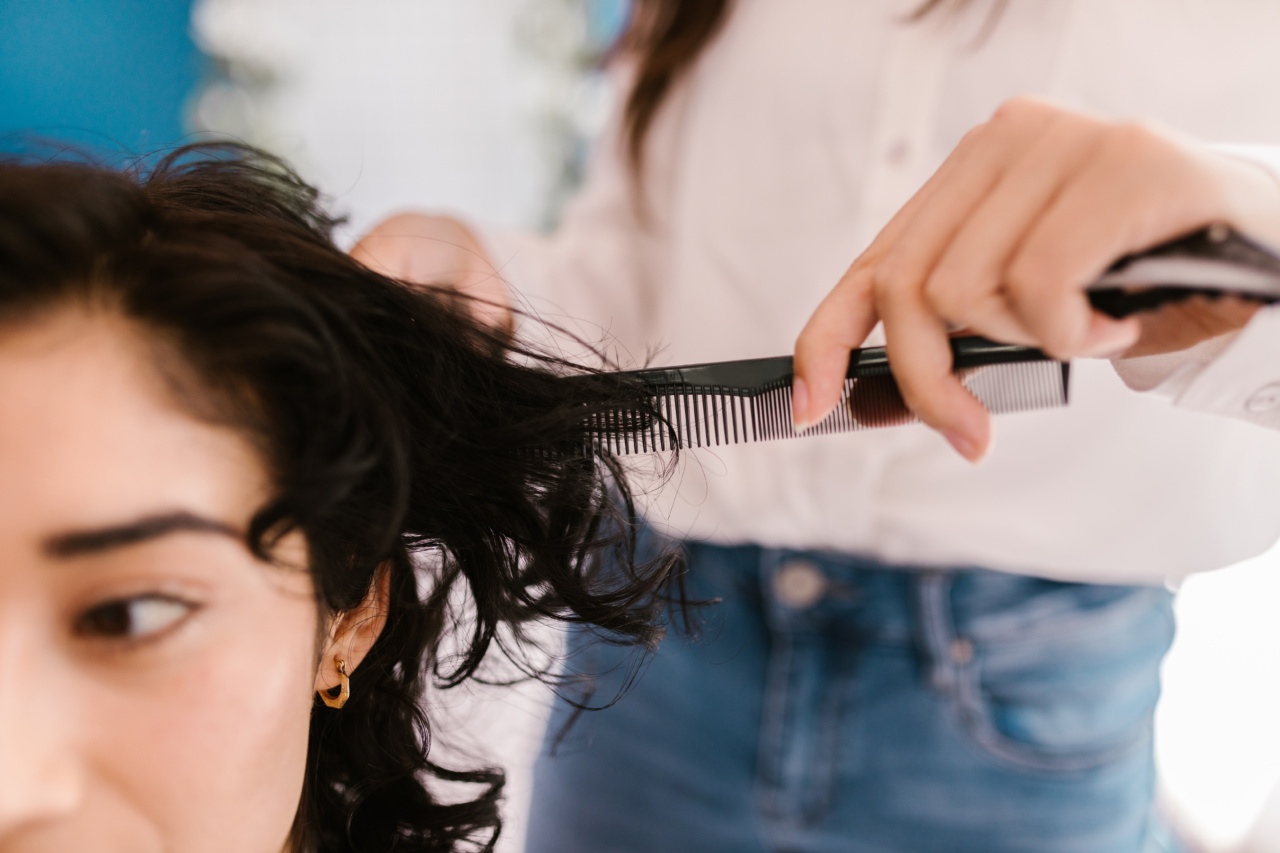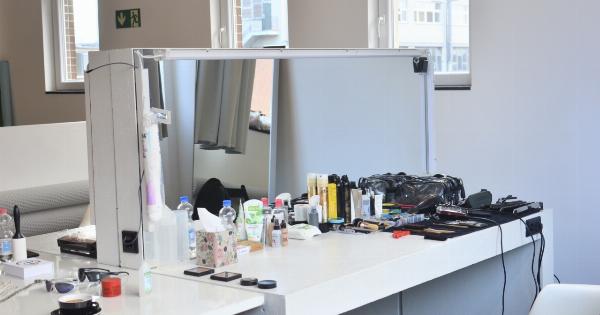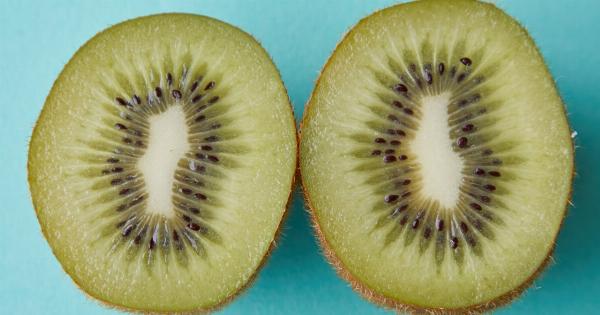One of the most common hair care myths is that frequent hair trimming causes hair to become thinner. Many people have heard this statement and, as a result, avoid getting their hair cut frequently, which can lead to split ends and frayed hair ends.
But is there really any truth to this belief?.
The Truth About Hair Growth
Before we delve into whether or not frequent hair trimming can cause thinning hair, it’s important to understand how hair grows. Hair grows from the follicle, which is located under the skin.
As new hair cells develop in the follicle, they push up and out through the skin, forming the hair shaft.
Hair growth occurs in three distinct phases:.
- The anagen phase: This is the growth phase, which can last anywhere from two to six years. During this time, hair grows at a rate of about 1/2 inch per month.
- The catagen phase: This is a transitional phase that lasts for a few weeks. During this time, the hair follicle shrinks, and the hair stops growing.
- The telogen phase: This is the resting phase, which lasts for a few months. During this time, the old hair falls out, and the follicle prepares to start growing a new hair.
Once the telogen phase is complete, the hair growth cycle begins anew, and a new hair starts to grow. This means that hair follicles are capable of producing an indefinite number of hair fibers throughout our lives.
What Causes Hair Thinning?
Hair thinning or hair loss can be caused by several factors including genetics, health conditions, stress, and hormonal imbalances.
Other factors that can affect hair thinning include poor diet, poor hair care habits, and the use of certain medications or treatments.
Contrary to popular belief, hair thinning is not usually caused by frequent haircuts. Haircuts do not affect the growth rate of the hair, nor do they change the thickness of individual hairs.
How Frequent Haircuts Benefit Hair Growth
Regular hair trims are actually an important part of a healthy hair care routine. By removing the split ends, damaged and dry hairs, hair looks fuller and more voluminous overall.
Cutting hair does not make hair strands thinner, but it can help maintain your hair’s texture by eliminating split ends and frayed strands. Frayed hair ends have a tendency to break off more easily, leading to hair that appears to be thinning.
By trimming the dead or split ends of hair, you allow it to grow healthier overall.
The split ends might continue to split up the hair shaft, leading to areas where the hair is thin and appears less full, by eliminating them through a trip, you prevent this problem.
How to Avoid Hair Thinning
While hair trimming is not the cause of hair thinning, there are a few things you can do to avoid hair thinning, including:.
- Get regular haircuts: Trimming hair regularly reduces the chance of split ends and keeps hair looking healthy.
- Eat a healthy diet: A balanced diet promotes healthy hair growth.
- Reduce stress: High-stress levels can cause hair loss or thinning.
- Avoid heat styling: Excessive heat styling can lead to hair damage and can cause your hair to appear thin and flat.
- Limit chemical treatments: Chemical treatments can damage your hair, leading to breakage and thinning.
The Bottom Line
In conclusion, getting regular haircuts does not cause hair to become thinner. While hair might appear less full immediately following a haircut, this is only temporary and is a result of removing the dead and damaged ends of the hair.
Trimming hair regularly can actually promote healthy hair growth and overall hair health.

























